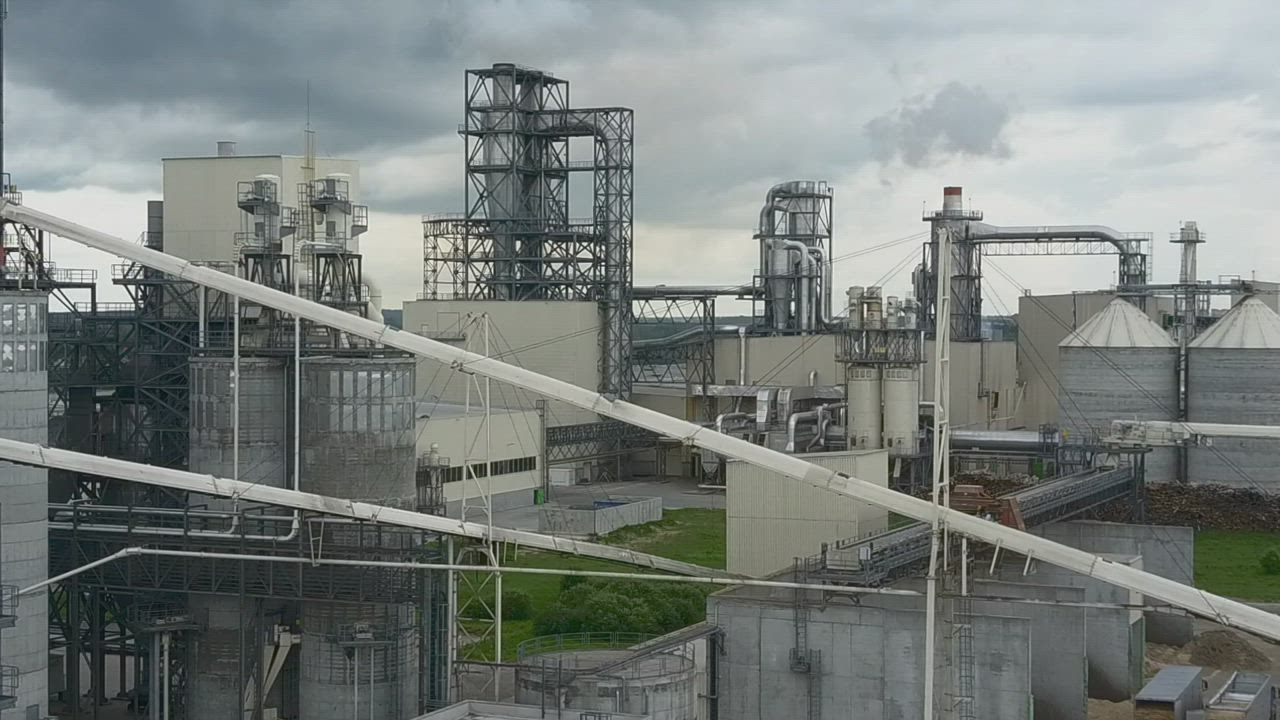
Remember, the focus of the image/clip you paste to might have a different focal point to the one you copied.

If you have created an ideal effect that you wish to replicate on another photo, you don’t have to repeat every step to use it again. This process can be repeated with the End position adjusted each time, to affect the look of continuous panning and zooming to different areas of a single photo. When played back on the timeline, the movements will appear as one seamless action. In the Ken Burns settings, use the Swap button, so the Start and End positions are reversed.Duplicate the clip, either by copy and pasting ( Command + C & V) or click-drag the image while holding the Option key.Add the first camera movement to the image on your timeline.To do this, you’ll have to duplicate the photo on the timeline and build the movements in sequence. For instance, if you want a wide establishing shot to zoom into a subject, then return to the wider frame. Only a single Ken Burns movement can be applied to an image, but it’s still possible to give the impression of numerous movements being used. To change the default duration, use arrowhead buttons ⌃ ⌄ or type in the desired timing. Under the Editing panel, Still Image Duration is an option.
#LETTERBOX IN FINAL CUT PRO PRO#
From the Menu Bar, select Final Cut Pro > Preferences (or press Command +,).If you want to have longer or shorter clips by default, you can change this setting. This also applies when adding multiple clips together. When you add a single still image to your timeline, it will, by default, appear as a 4-second clip. You can also work with photos already imported to and organized in your Mac’s Photos application library. To stay organized, create separate Keyword Collections and Folders for your images. When working on a project that features a lot of still images, as Ken Burns himself uses in his documentary films, it’s best practice to make it easy to find them when browsing your material.
#LETTERBOX IN FINAL CUT PRO HOW TO#
Part 2: How to Add Ken Burns Animation to Photos Check out this handy tutorial on how to keyframe zooms. The Ken Burns effect uses keyframes too, but the complicated parts are done for you by FCP. If you want to do more complex movements, you will need to keyframe your video, which involves adding unique animation points to your media and adjusting the settings yourself. Step 4: Add Keyframes for More Control (Optional) Longer clips will produce slow movement, and shorter clips will be faster. Remember that the speed of the animated effect is relative to the length of the clip.

This shows the direction of the camera movement between the two positions. Adjust the size and position of the red rectangle to set the End position.Adjust the size and position of the green rectangle to set the Start position.They are done by changing the position (panning) and size (zoom) of two colored rectangles, which are overlaid on the clip.

The Ken Burns display should now show the controls to adjust the panning and zooms effects.

Select the clip you want to add the Ken Burns effect to.It also brings otherwise flat, motionless content to life, to provoke emotional reactions in viewers. The best use of this effect is when you want to draw attention to specific parts of an image, while also offering overall context. Final Cut Pro will assume that the start and end points of the effect are the same as the clip, so you need to consider how much of your video you want to animation applied to. You can apply the Ken Burns effect to the whole clip, or a part of it using the incredibly useful Blade tool. Part 1: How to Add the Ken Burns Effect to Videos


 0 kommentar(er)
0 kommentar(er)
